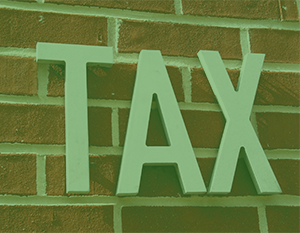Small Business Bookkeeping Deadly Sin #6: Incorrectly Accounting For GST
The goods and services tax (GST) has been in effect since 1 July 2000, but despite an Australian Tax Office education campaign, many small business owners still struggle to understand what is required of them.
The different processes such as when to charge and claim back GST can be confusing. There are also many different rules you must follow, but if you have the right tools to help you with the process, you will see that accounting for GST is a breeze.
Now bearing in mind that we do not provide tax advice and this is meant for general information only, if you run a business and have a GST turnover of $75,000 or more ($150,000 of more for non-profit organisations) here are the five main things you need to be aware of.
1. You must register for GST.
2. You must work out whether your sales are taxable (subject to GST) and include GST in the price of your taxable sales.
To find out more about this visit the ATO website.
3. You must issue tax invoices that comply with the GST rules.
When you make a taxable sale of more than $82.50 (including GST), your GST registered customers need a tax invoice from you to be able to claim a credit. And likewise when you have GST that you can claim back. Tax invoices must include certain information. There are also additional rules for sales of more than $1000 that you need to be aware of. The Cashflow Manager bookkeeping program has standard invoice layouts designed to comply with the GST legislation so your invoices meet all the requirements. This will help you avoid any confusion when you are trying to generate your invoices.
4. You must account for GST on either a cash or non-cash basis as advised by the ATO and set aside the GST you have collected so you can pay it to the ATO when it is due.
5. You must lodge activity statements within the time periods set by the ATO.
Accounting software can help you to lodge your Business Activity Statements. Actually, this where Cashflow Manager can make life easy for you. Each of Cashflow Manager’s columns has a GST tax type so GST is calculated automatically and you can generate reports of your GST liabilities and credits with the click of a button.
Cashflow Manager also allows you to lodge your BAS online with the ATO using the ATO’s Standard Business Reporting (SBR) system.
As you can see, with the right information and the simplest accounting software, you can avoid committing this deadly sin altogether.












Leave a Reply